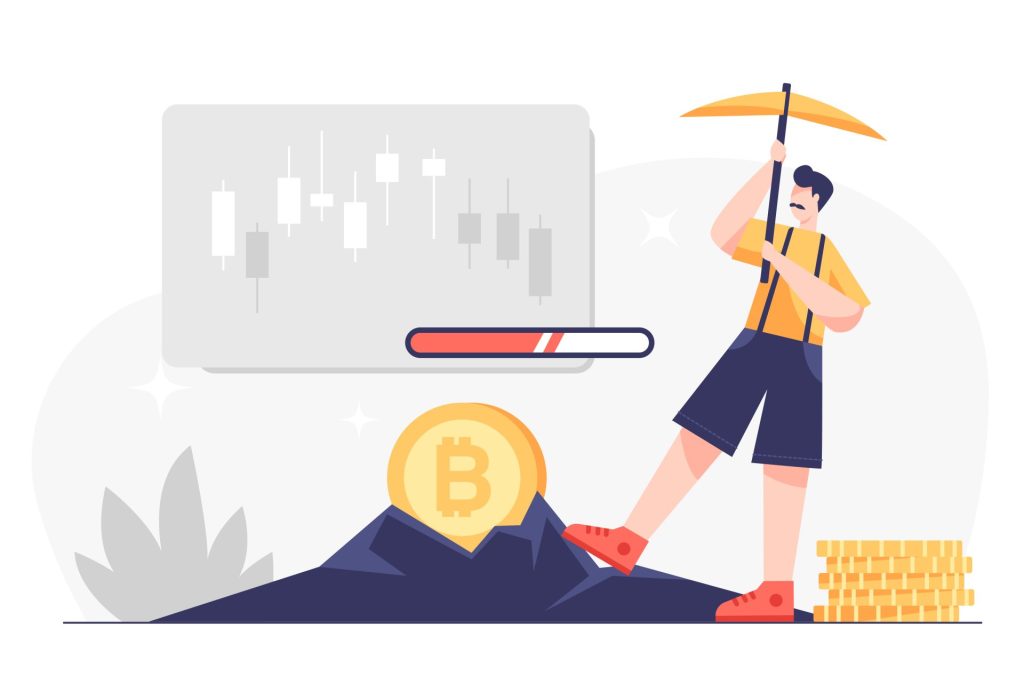With the growing interest in leveraged trading, futures markets have gained significant popularity. However, alongside the potential for high returns, these markets also come with considerable risks. One of the most important ways to manage these risks is through effective margin management. In this context, one of the two main margin types frequently encountered is isolated margin, which offers significant advantages to investors in terms of limiting risk.
In this article, we explore the concept of isolated margin in detail, how it works, how it differs from other margin types, and the benefits it offers to investors.
What Is Margin?
Before diving into isolated margin, it is important to understand the basic concept of margin. Margin refers to the collateral that a trader must hold in their account to open a leveraged position. This collateral amount is determined based on the trade size and may increase or decrease depending on market movements.
On futures trading platforms, there are generally two types of margin:
- Isolated Margin
- Cross Margin
What Is Isolated Margin?
Isolated margin means that the margin allocated for a specific position is limited solely to that position. In other words, the margin dedicated to a trade is independent of other open positions. If the position incurs a loss, only the allocated margin for that particular trade is affected; other assets in the trader’s account remain untouched.
This structure allows the trader to predefine potential losses and helps limit risk exposure.
How Does Isolated Margin Work?
The core working principle of isolated margin is as follows:
- The trader allocates a specific margin amount when opening a position.
- If the market moves against the trader, only the allocated margin for that position starts to deplete.
- If the margin falls below the required maintenance level, the position is liquidated.
- Other funds in the trader’s account remain unaffected by this liquidation.
Example:
A trader opens a 10x leveraged position with 100 USDT in margin. This equates to a trade size of 1,000 USDT. If the price moves significantly against the trader and the margin drops below the required maintenance level, the position will be automatically liquidated. However, the rest of the trader’s assets in their account will not be impacted by this loss.
Key Differences Between Isolated Margin and Cross Margin
| Feature | Isolated Margin | Cross Margin |
| Margin Allocation | Dedicated to a single position | Shared among all open positions |
| Risk Exposure | Limited to individual position | Entire account balance is at risk |
| Liquidation | Limited to the allocated margin amount | Other margins may be used to prevent liquidation |
| Control | High – allows for clear risk management | Low–total exposure depends on market movement |
Advantages of Using Isolated Margin
- Risk Limitation:
Traders can assign separate margin amounts for each position, thus protecting their overall portfolio. - Better Trade Management:
Since each trade is isolated, a losing position does not affect profitable ones. - Strategic Leverage Usage:
Traders can apply different leverage levels to different trades for more strategic positioning. - Safer Entry for New Users:
Isolated margin offers a more predictable risk profile, making it a safer entry point for beginners.
Important Considerations
While isolated margin provides risk management benefits, traders should be mindful of the following:
- Positions may be liquidated quickly if the margin becomes insufficient.
- In volatile markets, leveraged positions can result in rapid losses.
- Liquidation prices should be carefully calculated and regularly monitored.
- Additional margin may need to be added to support the position when necessary.
Isolated margin is a powerful risk management tool for traders engaging in leveraged positions. With its position-based collateral structure, it offers enhanced control and flexibility. This allows traders to protect their capital, limit their exposure, and make strategic trading decisions more effectively.
Success in the futures markets is not just about chasing high returns; it’s about managing risk effectively. Isolated margin stands as one of the cornerstones of this discipline.
